Tours featuring this attraction

10 Night Ireland Knit the Wild Atlantic Way Tour
(10 Nights)
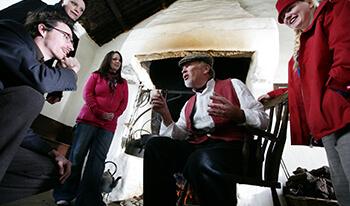
14 Night Around Ireland Tour
(14 Nights)
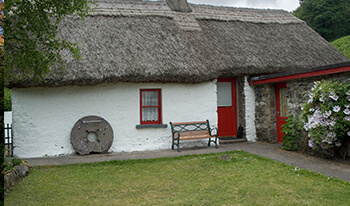
7 Night Irish Experience - Killarney, Galway & Bunratty
(7 Nights)
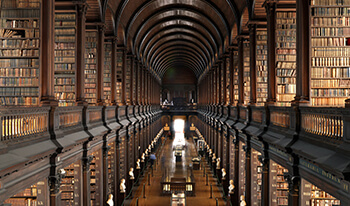
7 Night Northern Heritage Tour
(7 Nights)
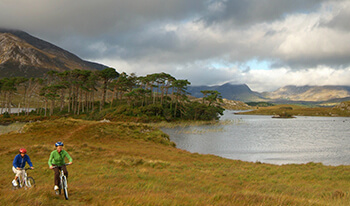
Connemara, Galway and Mayo Cycling Tour
(7 Nights)
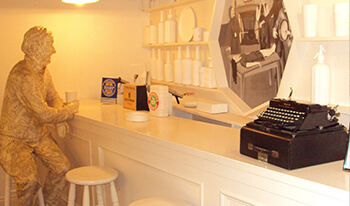
8 Night Literary Private Group Tour of Ireland
(8 Nights)
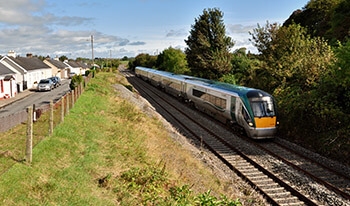
7 Night Best of Ireland by Rail
(7 Nights)

9 Night Yarn Lovers Tour of Ireland
(9 Nights)
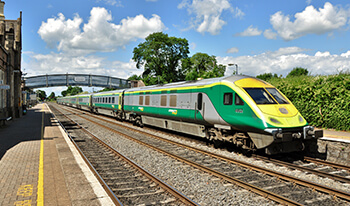
8 Night Best of Ireland by Rail
(8 Nights)
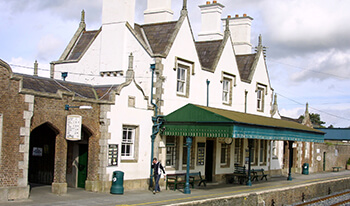
10 Night Best of Ireland by Rail
(10 Nights)
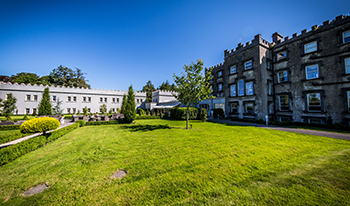
7 Night Irish Castles and Manors Gold Tour
(7 Nights)
.png)
The Best of Ireland Tour - 7 Nights
(7 Nights)
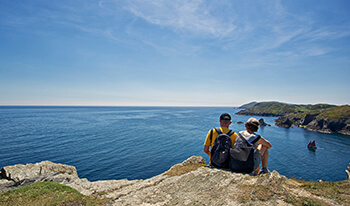
Best of Ireland Tour (10 Night)
(10 Nights)
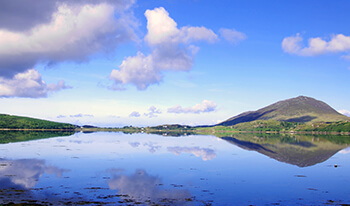
Best of Ireland Tour (12 Night)
(12 Nights)
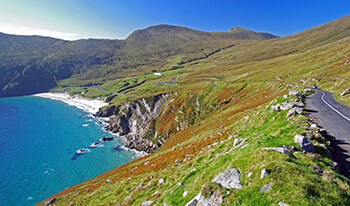
Best of Ireland Tour (14 Night)
(14 Nights)
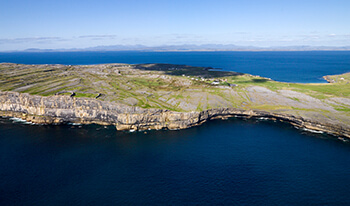
Best of Ireland Tour 6 Nights
(6 Nights)
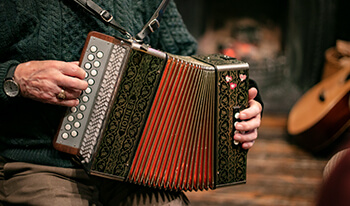
Irish Pubs & Folklore 10 Nights
(10 Nights)
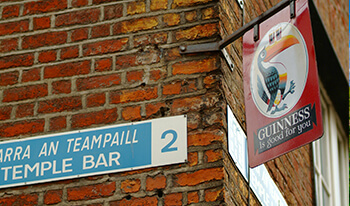
Irish Pub & Folk Tour (12 Night)
(12 Nights)
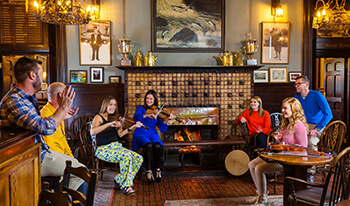
Irish Pub & Folk Tour (8 Night)
(8 Nights)
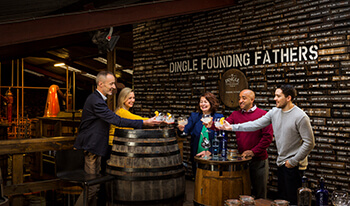
Irish Pub & Folk Tour (14 Night)
(14 Nights)